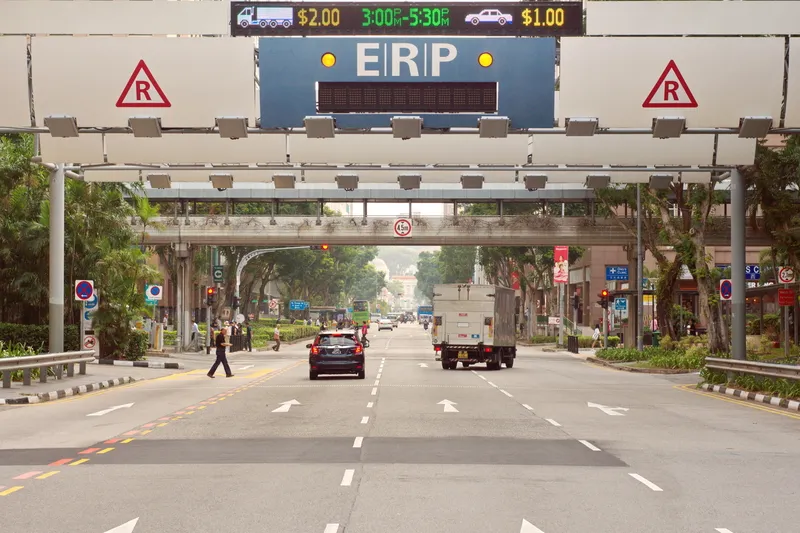
The new system, which is now ready for deployment, uses an RFID reader and camera at the entry points to low-emission areas. These read the RFID tags on a vehicle’s windscreen that give details of the vehicle and the amount of pollutants it emits.
Vehicles not equipped with the RFID tag are photographed by an automatic numberplate reader and the necessary enforcement action is taken. In the early days of a low-emission area, when only a few vehicles have the RFID tag, letters can be sent to motorists without a tag advising them of the low-emission area and asking them to obtain one.
The next stage will be to send letters advising non-compliers not to enter the low-emission zone without a tag. If, after a certain period, a driver still does not comply and continues to enter the zone, a penalty fine can be issued.
The system is now fully developed and MultiToll is in discussions with European and US cities, said sales and marketing director Philippe Leclerc.










